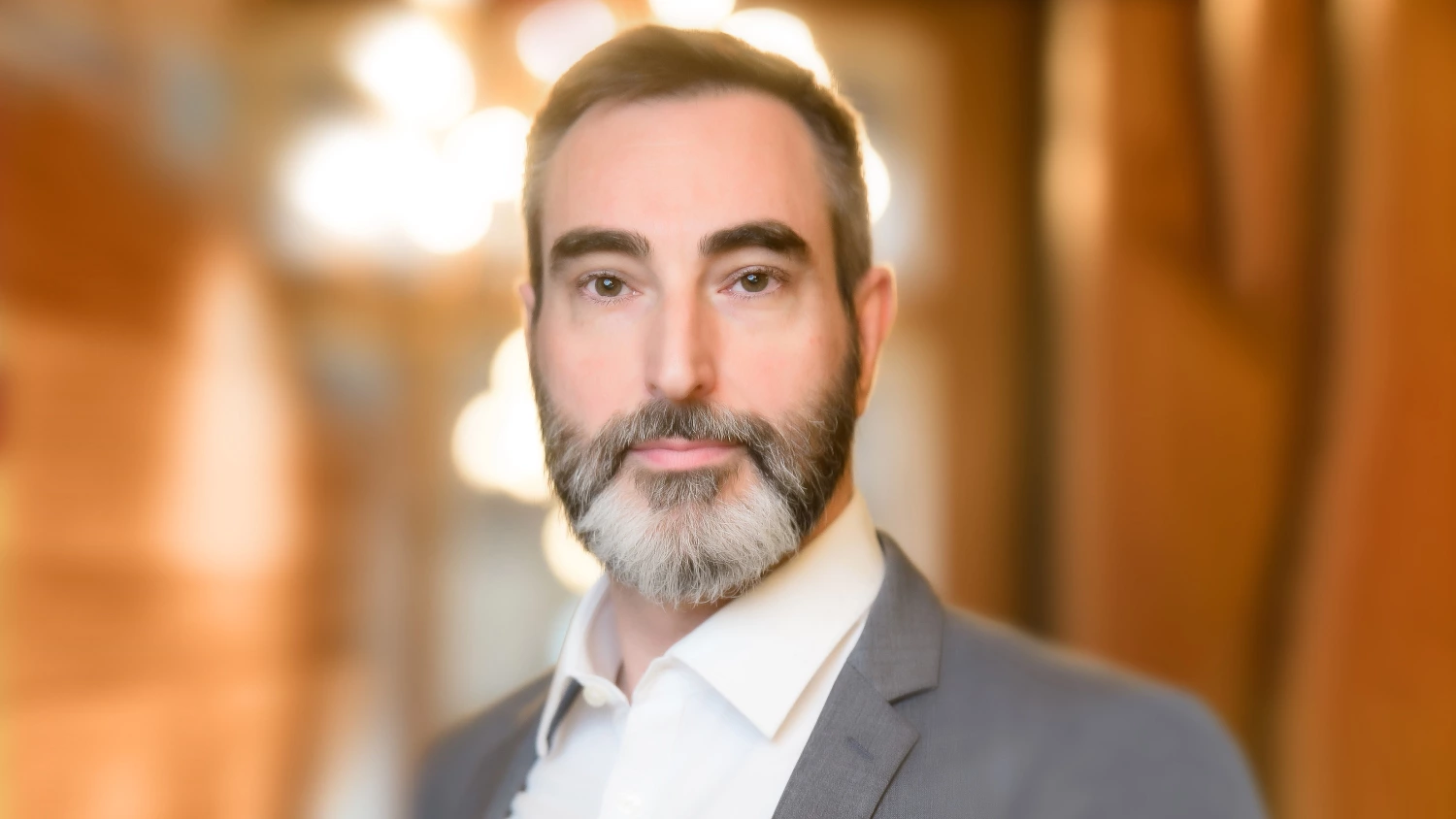
Increasing costs of energy and construction materials have visibly reinforced the need to think about the carbon footprint of the real estate industry through construction and building efficiencies. Benjamin Perez-Ellischewitz, Principal at Avison Young in Hungary talked to Property Forum about the impacts of the pandemic and the war in Ukraine on the real estate market and shared his thoughts about companies’ evolving approach toward ESG.
You opened the Budapest office of Avison Young with your partners at the beginning of 2021. Tell us about your development and the challenges encountered since then.
It has now been a year and a half. At this stage, we have rolled out Asset Management / Property Management, Capital Markets / Transactions Advisory, Office Leasing and Project Development Services and the team has now grown to 10 with more hires expected shortly. Clearly, it has been a challenging time as we faced firstly the COVID pandemic and secondly the war in Ukraine. Nevertheless, we are happy with our development in the given context, particularly in the way our team is received and perceived on the market.

Benjamin Perez-Ellischewitz
Principal
Avison Young in Hungary
You just mentioned the COVID pandemic. What is the legacy of this experience in your opinion?
By now most companies have opted for a hybrid type of occupation with each week, a few days in the office and a few at home. The goal of employers is to give more flexibility than before to employees in terms of where the work is done while at the same time ensuring that the “social glue” of the company and the proper training & integration of new recruits is properly ensured.
Certainly, several tasks can be done remotely, and this can even increase productivity but as an employer you want people to come to the office, at least some days in the week, and interact with their colleagues. It creates the “belonging dimension” of the job and allows for the company culture to develop. In activities where creativity and exchange of information are vital aspects, this is important.
What does it mean for office space? Fewer workstations and more collaborative space but above all a flexible layout and a configuration that can be relatively easily reshuffled. For example, in terms of flexibility of use, I found very interesting the use of fabric curtains and mobile partitioning (I have seen that in the Roche space in Budapest One). Close the curtains and you can create a meeting room, projection room, lounge… It delivers great flexibility, and it is cheaper and more sustainable than glass or plasterboard partitioning.
All the technical teams are very busy currently incorporating those new requirements in the built space.
Beyond COVID, the market was also impacted by the war in Ukraine. How did you experience it?
The main impact was a human one. We can see and experience the number of Ukrainian nationals who transited through Hungary or in some cases settled here. The residential and hospitality markets have benefited from this influx.
Other impacts have been a sharp slowdown of transactions due to uncertainty and inflationary pressure with increasing costs of energy.
The instability in Ukraine is obviously pushing companies to reconsider their footprint in the country. Some heavy facilities are considering or already implementing relocations. Ukrainian IT companies with a “nomad workforce” are also relocating some of their staff to EU countries. Due to history, culture and politics, Hungary is not as natural a destination as Poland and Germany can be.
Ironically, I would say that there is a silver lining as increasing costs of energy and construction materials have reinforced the need to think about the carbon footprint of the real estate industry through construction and building efficiencies.
Considering the above trends and the general climate, where are the occupancy and the other main market indicators of the Budapest market? Are you pessimistic about the coming months?
In terms of leasing, the start of the year was quiet except for logistics which experienced the strongest Q1 take-up on record. There are not a lot of very large leases under negotiation on the office market (say above 4,000 sqm) but we are experiencing a consistent number of 500-1,500 sqm requests. There are two clear challenges we are facing.
First, hyper-inflation on construction material renders the budgeting exercise very difficult for developers or investors with value-add strategies including refurbishments. To combat the inflationary pressure, central banks are gradually increasing interest rates and closing the debt tap. As such investors are questioning the yield compression storyline. At the same time, in the inflation hedge aspect of real estate investment and in an inflationary context you might be better off with the indexed income stream offered by real estate.
Second, volumes are lower and I don’t see a short term trigger to boost them back to the €1.5-2.0 billion range. Investors are more cautious, and deals take longer to materialise. In my view, we will not get much more than €1 billion transacted this year in Hungary. The market is also very polarized with liquidity and appetite for prime assets and logistics in general but much less activity on the core+ segment.
You touched upon the subject of green buildings and the need for the industry to think long term. Do you think we have entered a new phase in the market?
We got used to the green accreditation system of LEED and BREEAM in the last 10 years. It was initially perceived as a nice to have and became a necessary stamp for all new buildings through the years due to the increasing sensitivity of tenants and investors to the matter. Let’s face it, it started as a “ticking the box” exercise and sometimes it still is. This was focused on the ‘E’. We are now moving to the next level and the more global concept of ESG is now everywhere. How the S and G dimensions take shape in the real estate industry remains open but the concept is now not only to have a greener building (lower carbon emissions through energy efficiency and sustainable material) but also to create a comfortable workplace and a sustainable building in the long run for tenants to attract and retain their talent.
Today a developer needs to factor in the full lifecycle of a property. How to optimise carbon footprint through construction and running of the building but also how to create a building flexible enough that 10 or 20 years later if the initial use is not relevant anymore, the building can be easily redeployed to a new use. Permitting has generally been very relaxed in our region. It is very easy to convert arable land or tear down existing buildings and develop greenfield. This will change and I am convinced that our greener future is in brownfields.a



